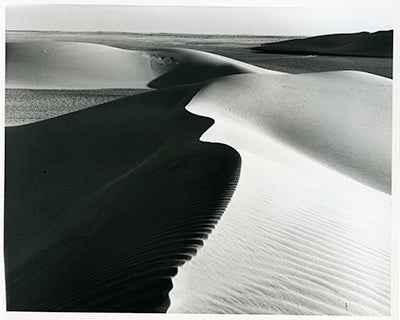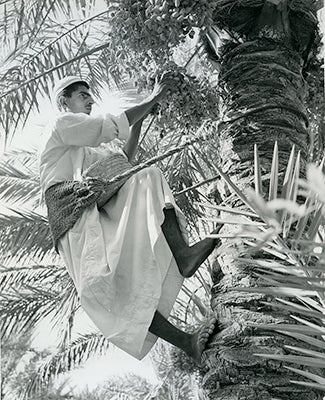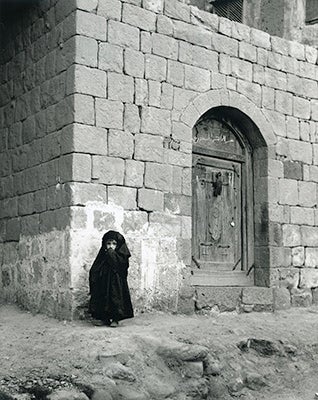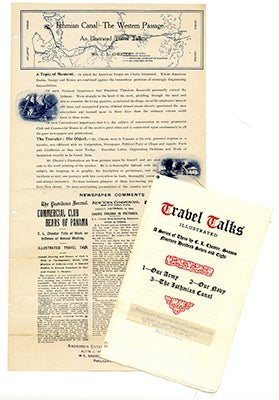Travel experiences can be captured in a myriad of ways, as seen in this series of armchair travels through manuscripts collections. Scrapbooks and writings in journals and letters provide wonderful perspectives on faraway places; however, these might be rivalled by views through the camera lens.
Take a look at some of the stunning images of Saudi Arabia offered by Dorothy Miller’s photographs!
Dorothy Miller arrived in Saudi Arabia in 1947 to work in the law department of the oil company Aramco. She became interested in photography after meeting chief Aramco photographer Tommy Walters in Dhahran, in 1949. Eventually, Miller learned to do her own developing, and by 1959 had garnered enough attention for her hobby that she decided to take an intensive six‐week professional photography course at the Brooks Institute in San Francisco.
Miller returned to Aramco in 1967 as treasurer. Her passion for photography unabated, she continued to take hundreds of stunning photographs ranging from Aramco staff and facilities to the people and countryside of Saudi Arabia. Locations depicted include Abquaiq, al‐Khobar, Dhahran, Dammam, Hofuf, and Qatif. Miller retired from Aramco and returned to the U.S. in 1977. Since then her photographs have been exhibited at Georgetown University Library in 2007 and at the Saudi Aramco Heritage Gallery in Dhahran in 2008. (Click images to enlarge.)
Saudi Arabian desert, 1970s. (Dorothy Miller photographic collection, GTM.060125, Box 4)
Date picker in Qatif, 1976. (Dorothy Miller photographic collection, GTM.060125, Box 5)
Little girl in a black dress, Yemen, 1977. (Dorothy Miller photographic collection, GTM060125, box 6).
There are also in-person recountings by inveterate travelers such as Clarence L. Chester, back in the day when it was a popular pastime both to travel for pleasure and to share the experience via public talks. In 1907 and 1908, Chester’s travel talks on his experiences in Panama and the Isthmian Canal drew much admiration, and presumably, interest at the clubs where he presented. According to the pamphlet issued by the Lyceum Bureau, New York City (circa 1907): “Travel is always considered the finishing course in one’s education. But as the majority of people do not have time to do all the experiments they wish to study about in the sciences, so neither do they have time to do the necessary amount of traveling requisite to complete their education. It is here where the Lyceum steps in and brings the outside world to the people.” According to another notice, no one was more suited to do this than Chester, whose presentations were illustrated with “pictures taken by himself and…used as photographic aids to the word painting of the speaker”. He was so “thoroughly imbued with his subject, his language so graphic, his description so picturesque, and his incidents so real, one journeys with him everywhere he leads, thoroughly content and always interested." [Clarence L. Chester – “Travel Talks Illustrated” promotional publications, 1907-1908, in Miscellaneous Manuscripts collection, GTM170101]
I hope you have enjoyed these vicarious summer travels, and that you may find the time for a trip to the Booth Family Center for Special Collections, where your own journeys of adventure and discovery await.
Bon voyage!
--Lisette Matano, Manuscripts Archivist
August 28, 2017




